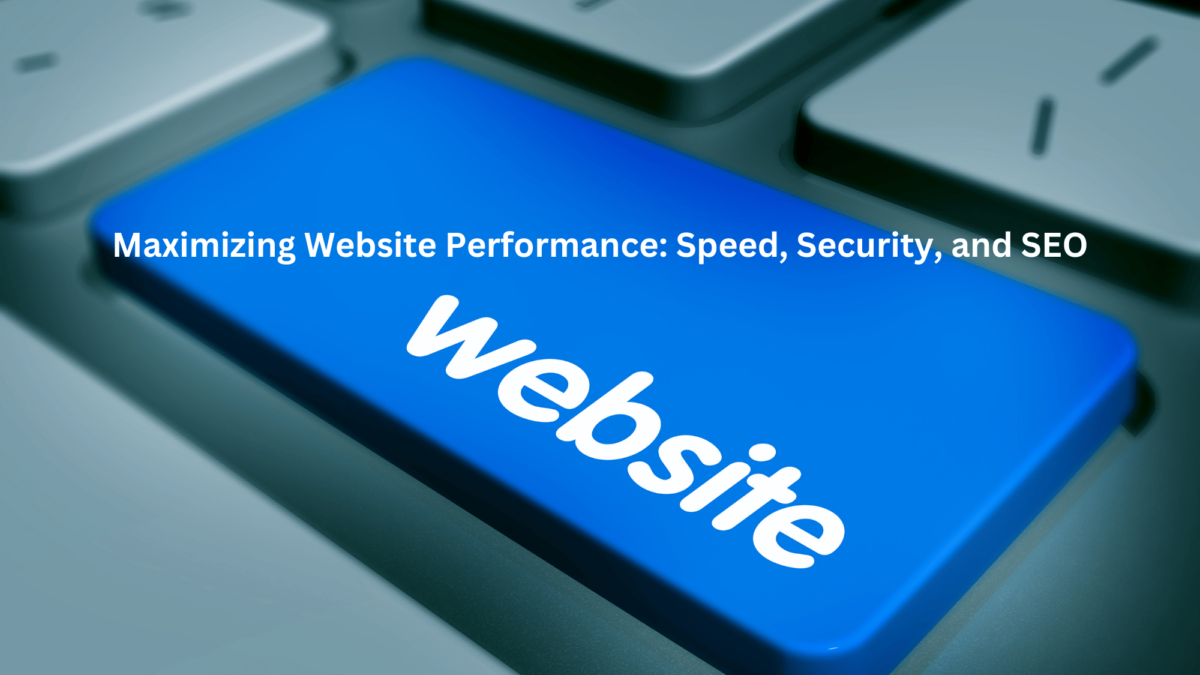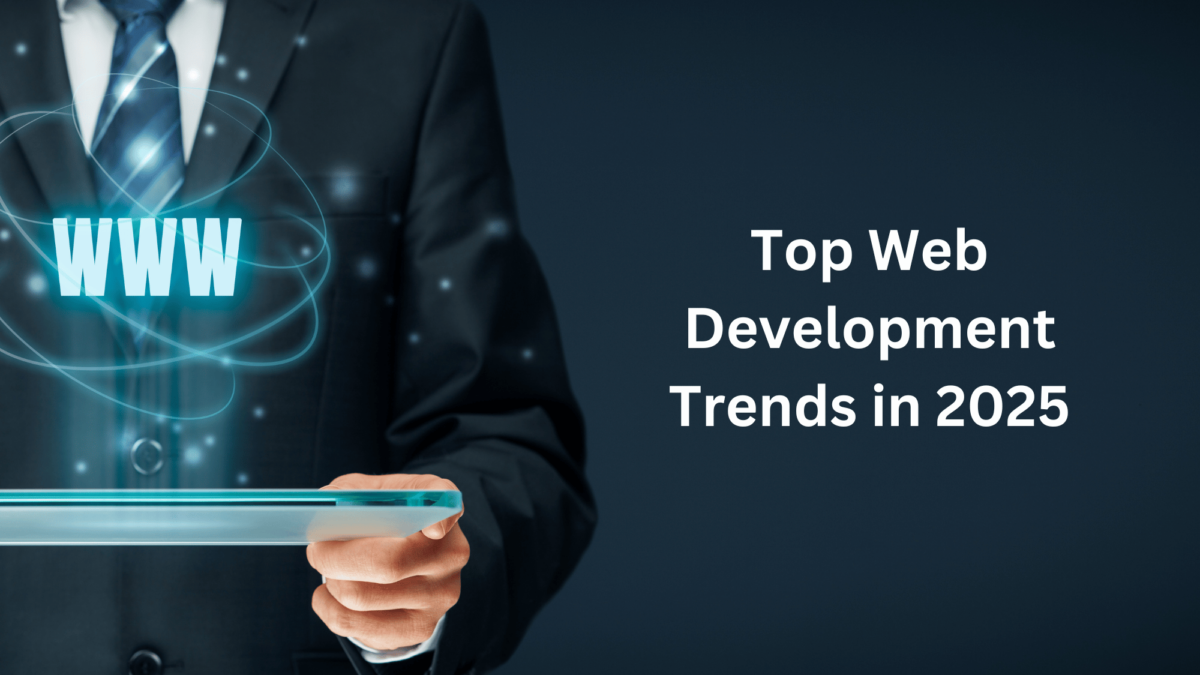A high-performing website is essential for business success. Slow load times, weak security, and poor search engine optimization (SEO) can drive users away and hurt your brand. Here’s how to optimize your website for speed, security, and SEO—the three pillars of digital success.
- Speed: Faster Load Times, Better Engagement
Website speed directly impacts user experience, conversions, and search rankings. Studies show that 53% of users abandon a site if it takes longer than 3 seconds to load. Here’s how to optimize for speed:
- Optimize Images – Compress images to reduce file sizes without losing quality.
- Use a Content Delivery Network (CDN) – Distribute content across multiple servers for faster global access.
- Enable Caching – Store frequently accessed content to reduce load times.
- Minimize HTTP Requests – Reduce the number of files loaded on a page.
- Use Fast, Reliable Hosting – A high-performance server significantly improves speed.
A faster site leads to lower bounce rates, higher engagement, and better search rankings.
- Security: Protecting Data & Building Trust
A secure website safeguards user data, prevents cyberattacks, and enhances credibility. A breach can lead to lost revenue, legal issues, and damaged reputation. Key security measures include:
- SSL Encryption – A must-have for protecting user data and boosting SEO.
- Regular Updates – Keep software, plugins, and themes up to date to prevent vulnerabilities.
- Firewall & Malware Protection – Blocks threats before they can attack your site.
- Multi-Factor Authentication (MFA) – Adds an extra layer of security for login protection.
- Secure Hosting – Choose a provider with strong security measures, backups, and DDoS protection.
- Prioritizing security not only protects data but also builds customer trust and improves search rankings.
- SEO: Boosting Visibility & Organic Traffic
SEO ensures your website ranks well on search engines, driving organic traffic and potential customers. The key elements of effective SEO include:
- Keyword Optimization – Use relevant keywords naturally in titles, headings, and content.
- Mobile Responsiveness – Google prioritizes mobile-friendly websites.
- Quality Content – Regularly publish valuable, well-researched content to attract and retain visitors.
- Backlinks & Authority – Earn links from reputable sources to improve credibility.
- Technical SEO – Optimize meta tags, alt text, site structure, and sitemaps.
- A strong SEO strategy increases brand visibility, website traffic, and business growth.
The Bottom Line
Optimizing for speed, security, and SEO ensures a smooth user experience, protects valuable data, and improves search rankings. Investing in these areas helps businesses attract more visitors, build trust, and convert leads into loyal customers.


